Abstract
Given an adequate definition of the disease problem in epidemiological terms, it is possible to measure the epidemiological effectiveness of control measures in terms of problem reduction. This is to be distinguished from the clinical efficacy of the same measures. The practical difficulty in assessing the epidemiological effectiveness of control measures experimentally can be overcome by the construction of simulation models and the use of computers, whereby the problem reduction associated with various control strategies can be estimated numerically.
By varying the levels of certain parameters of the model systematically, the sensitivity of the effectiveness of control measures to the epidemiological, operational, clinical and social parameters of a situation can be assessed. A series of articles analysing this relationship is under preparation. This first article analyses the sensitivity of the effectiveness of BCG vaccination and of the chemotherapy of tuberculosis to changes in the coverage of the eligible population groups. A previously formulated postulate stating that the marginal effectiveness of these measures decreases as their coverage increases is validated by this first series of simulations. The significance of this finding for planning national tuberculosis control strategies is discussed, as well as possible bias in the method applied.
Full text
PDF
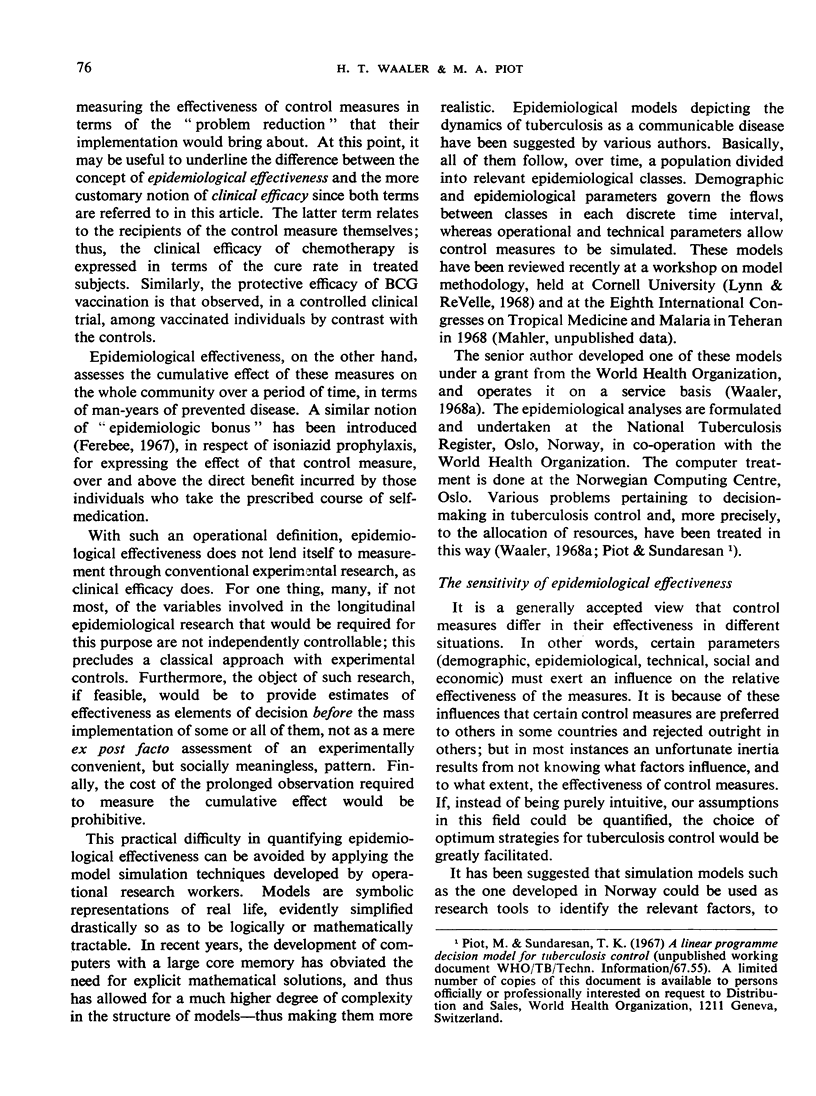

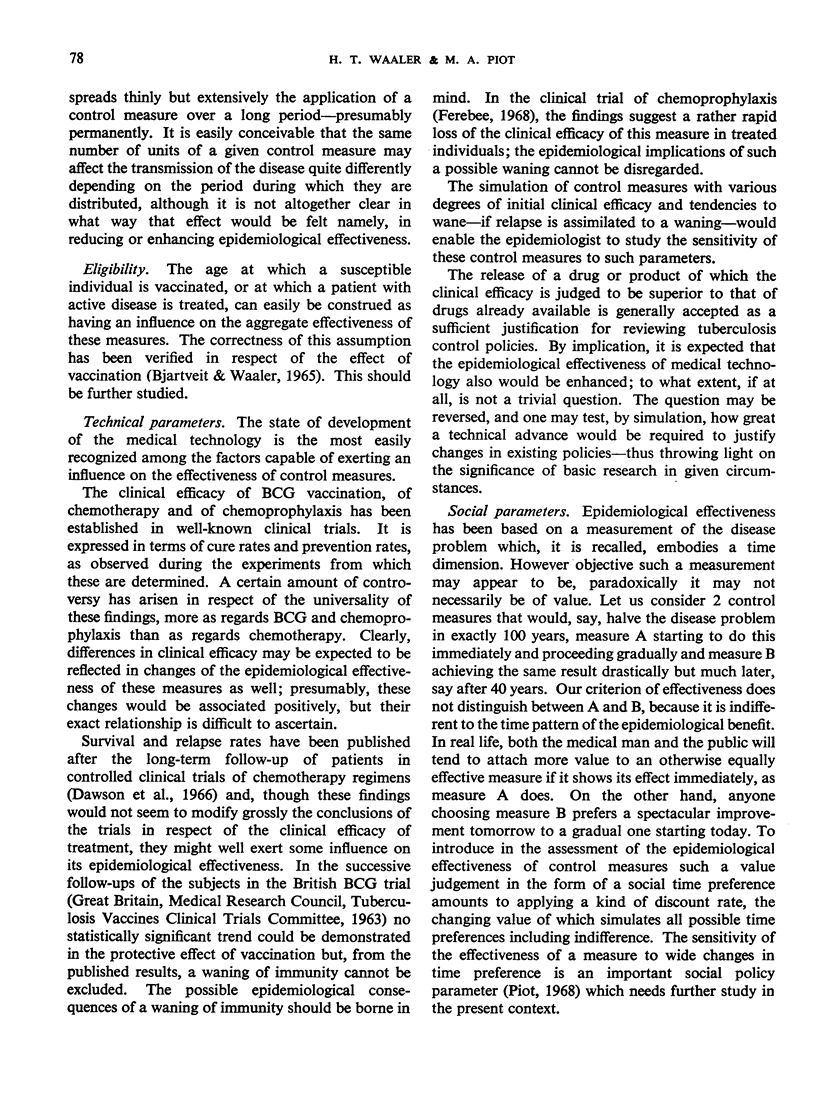
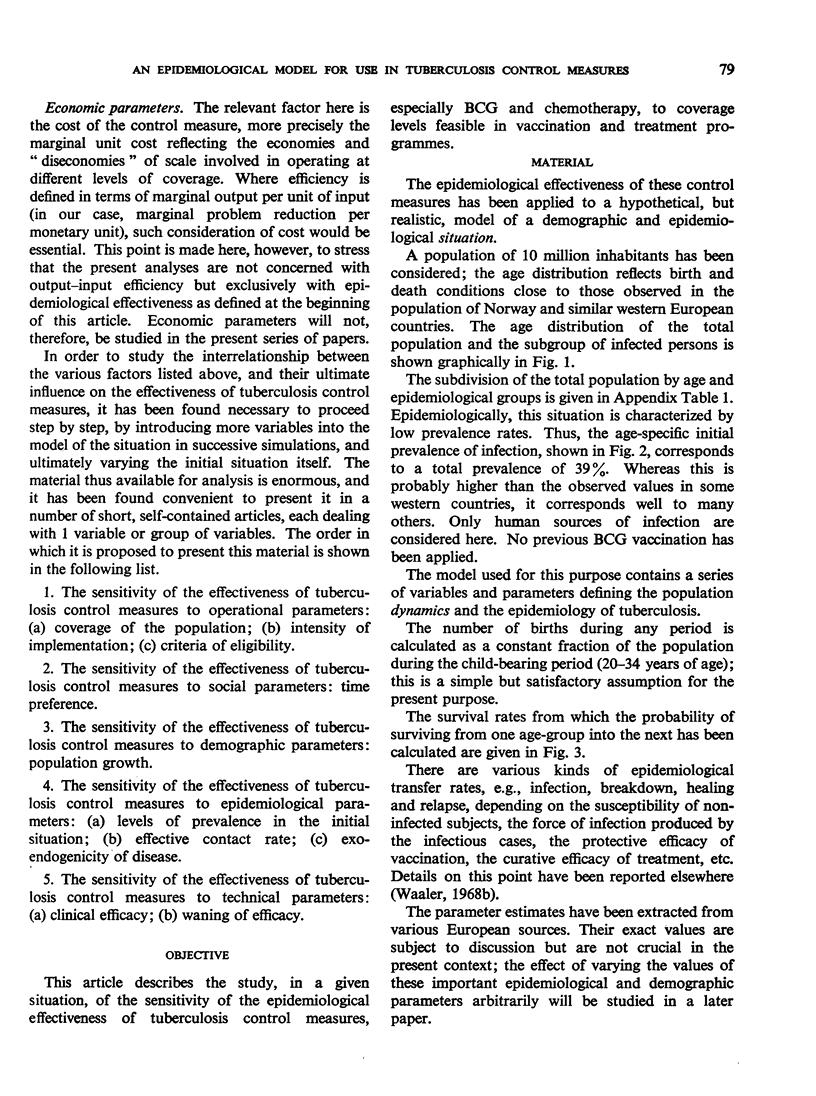
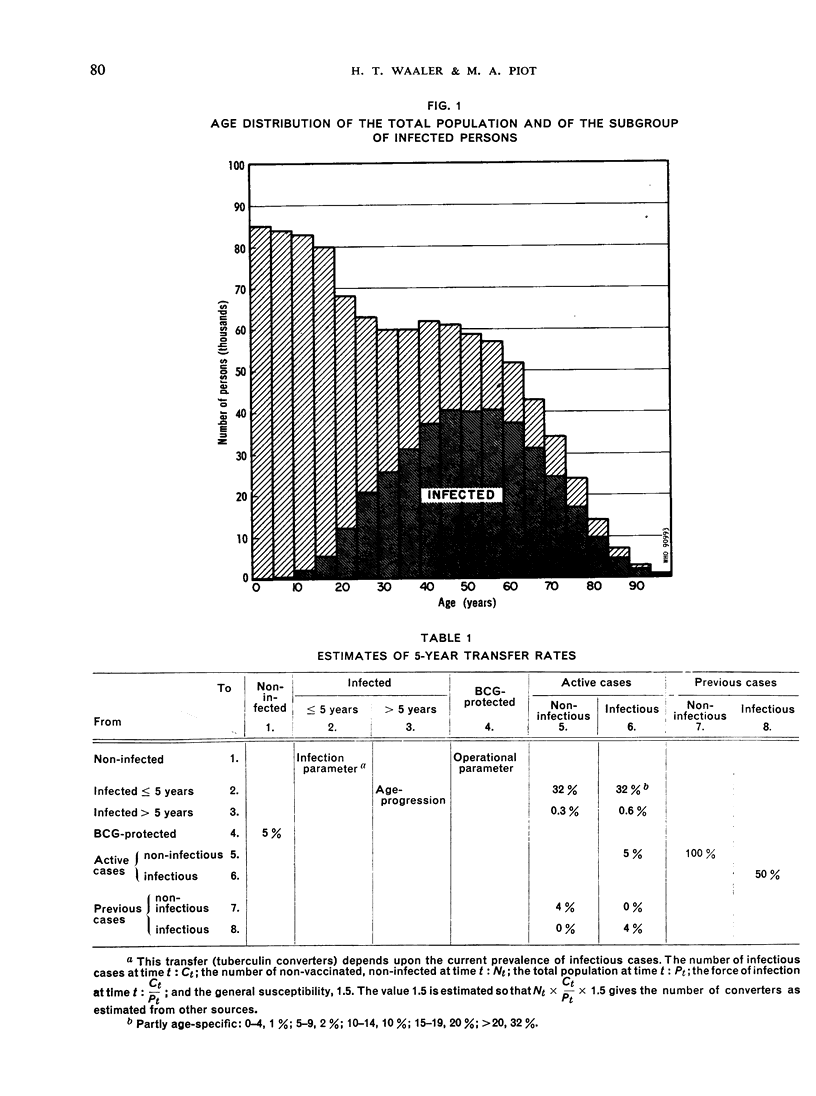
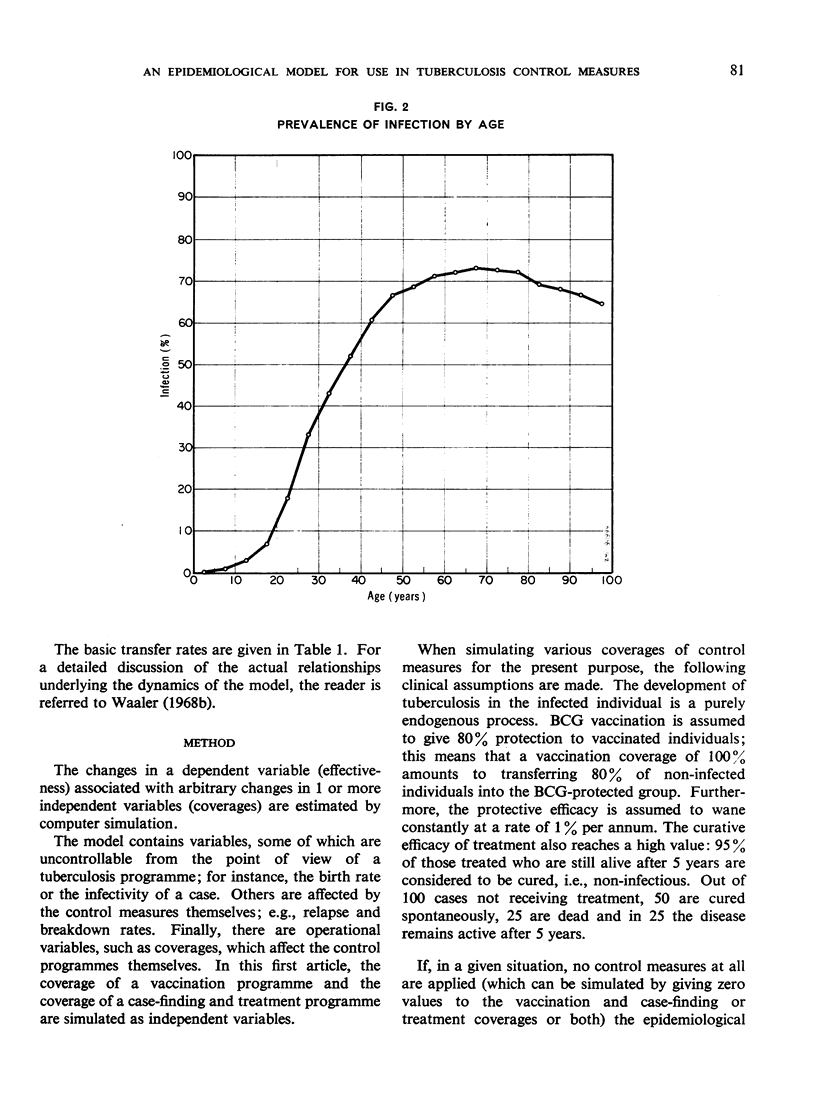
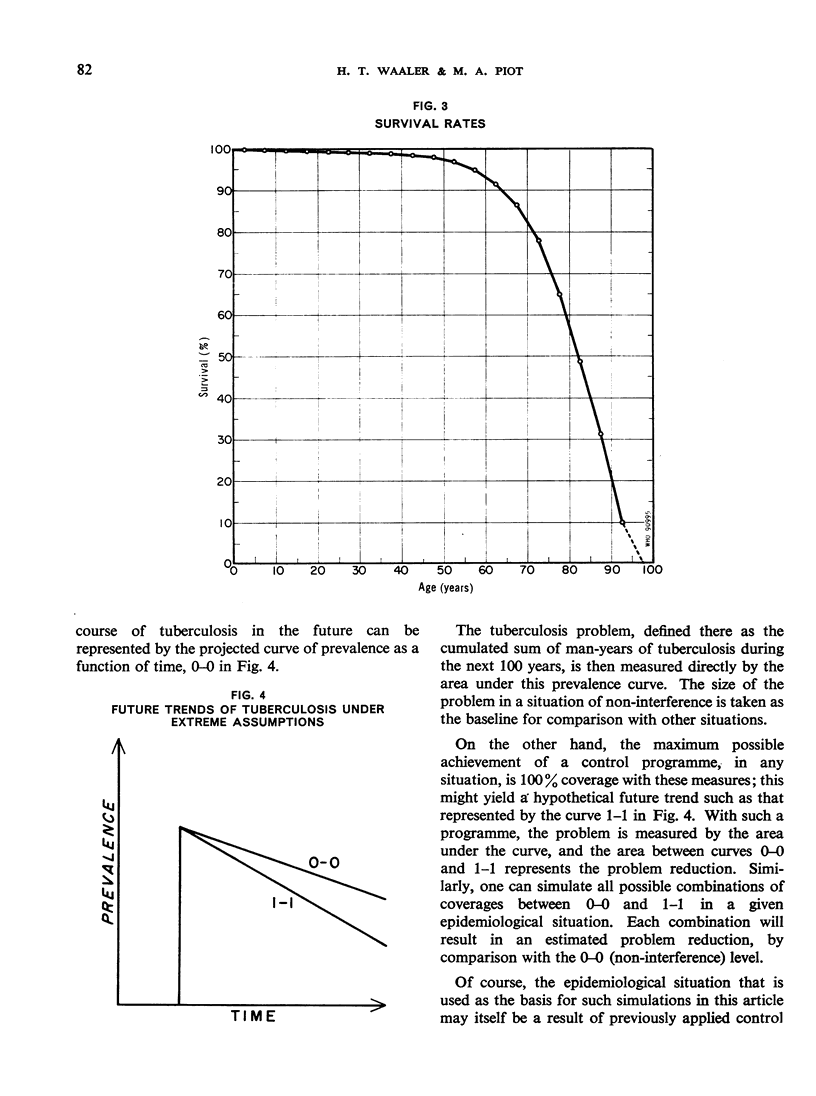



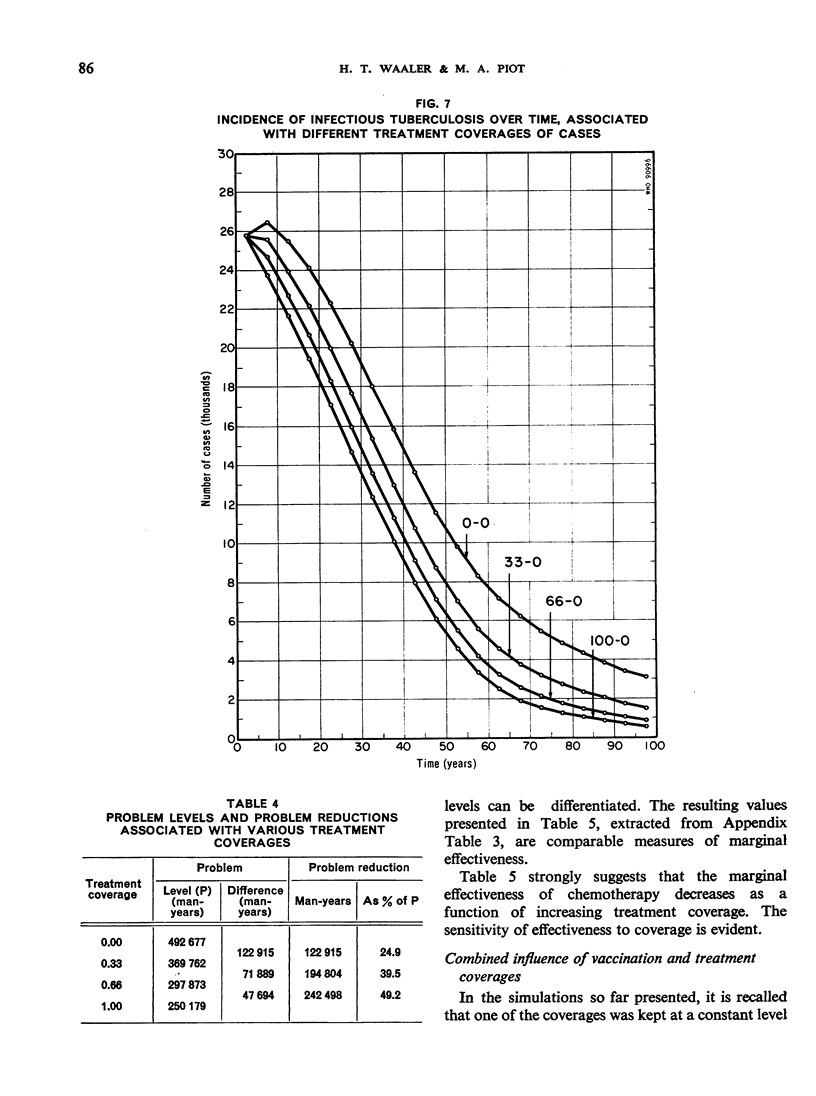

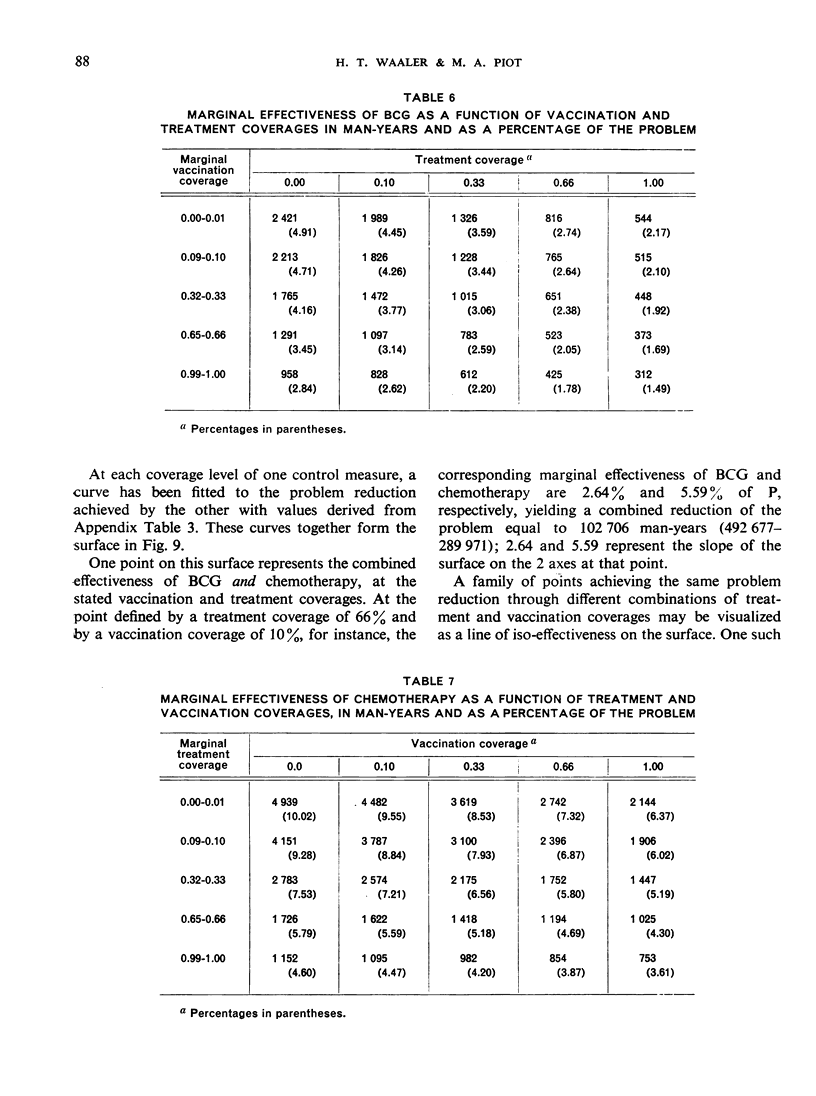
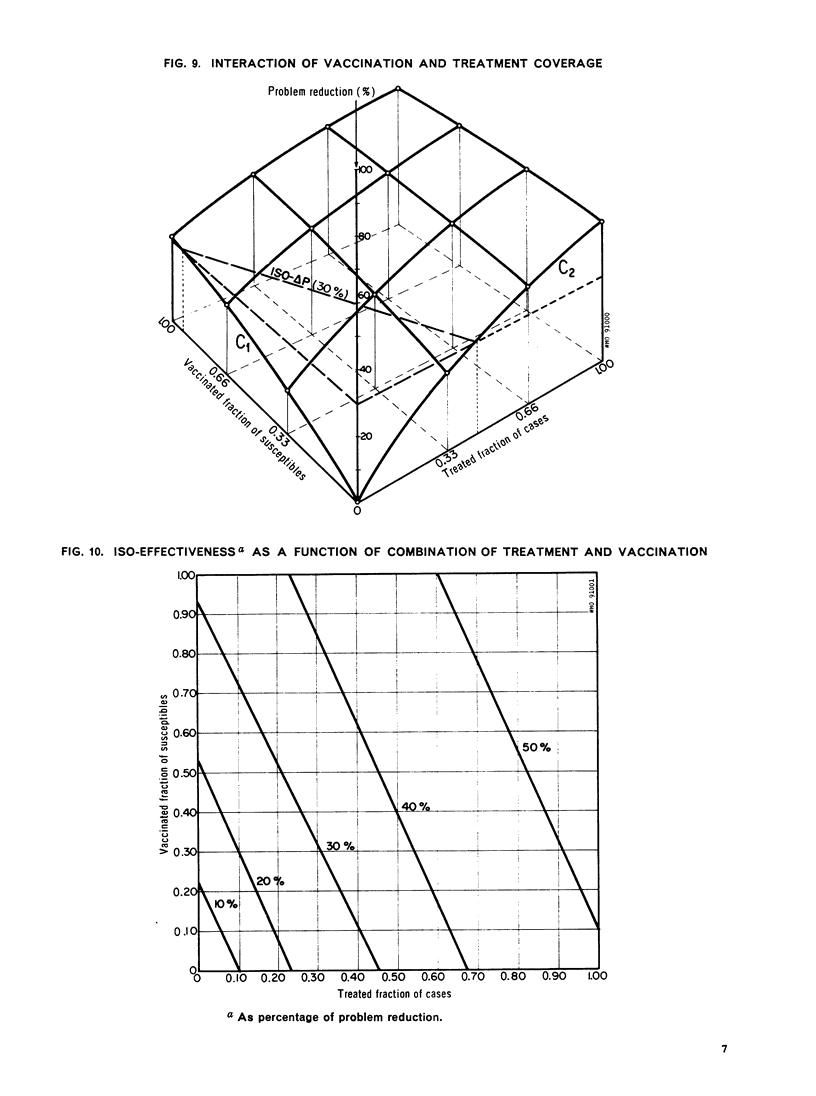
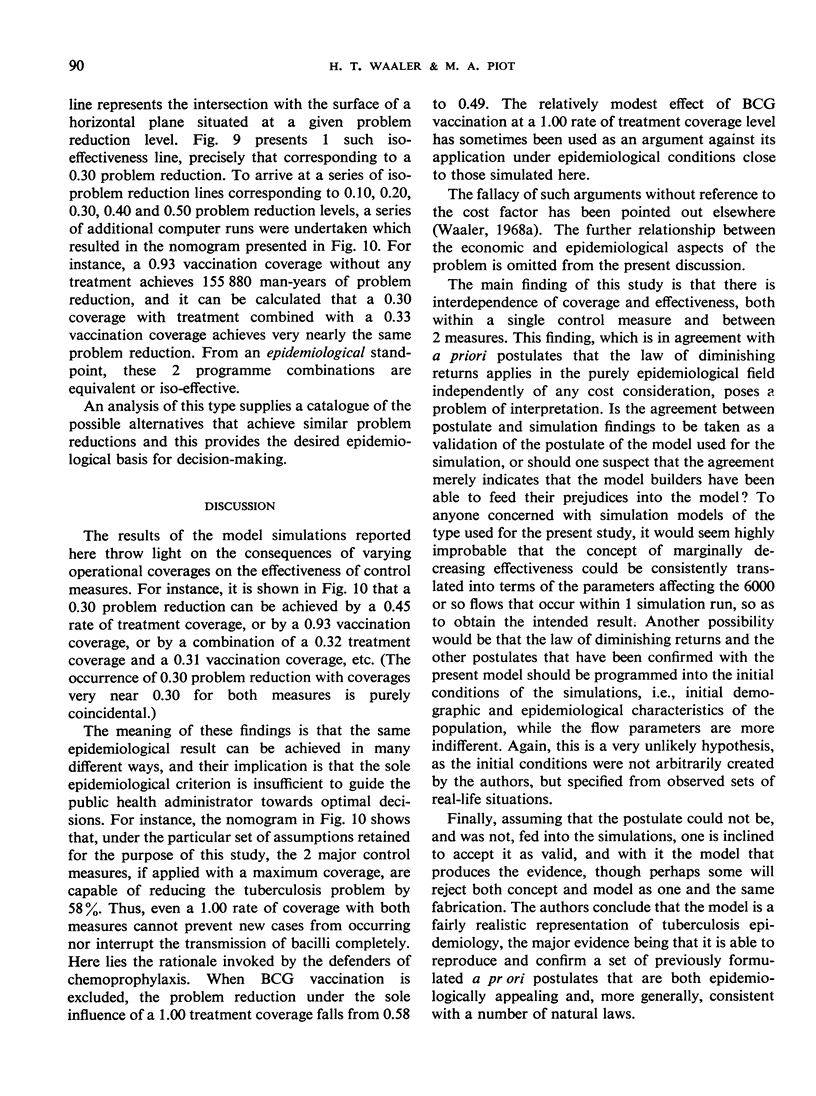
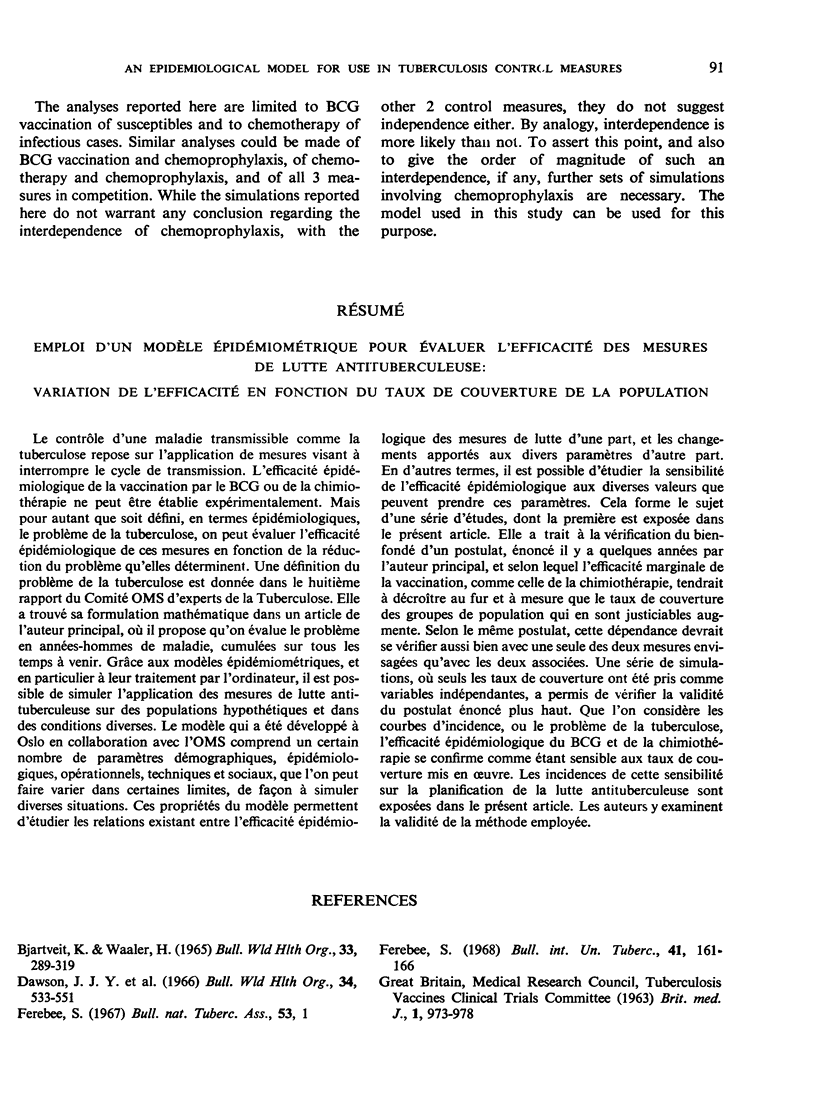
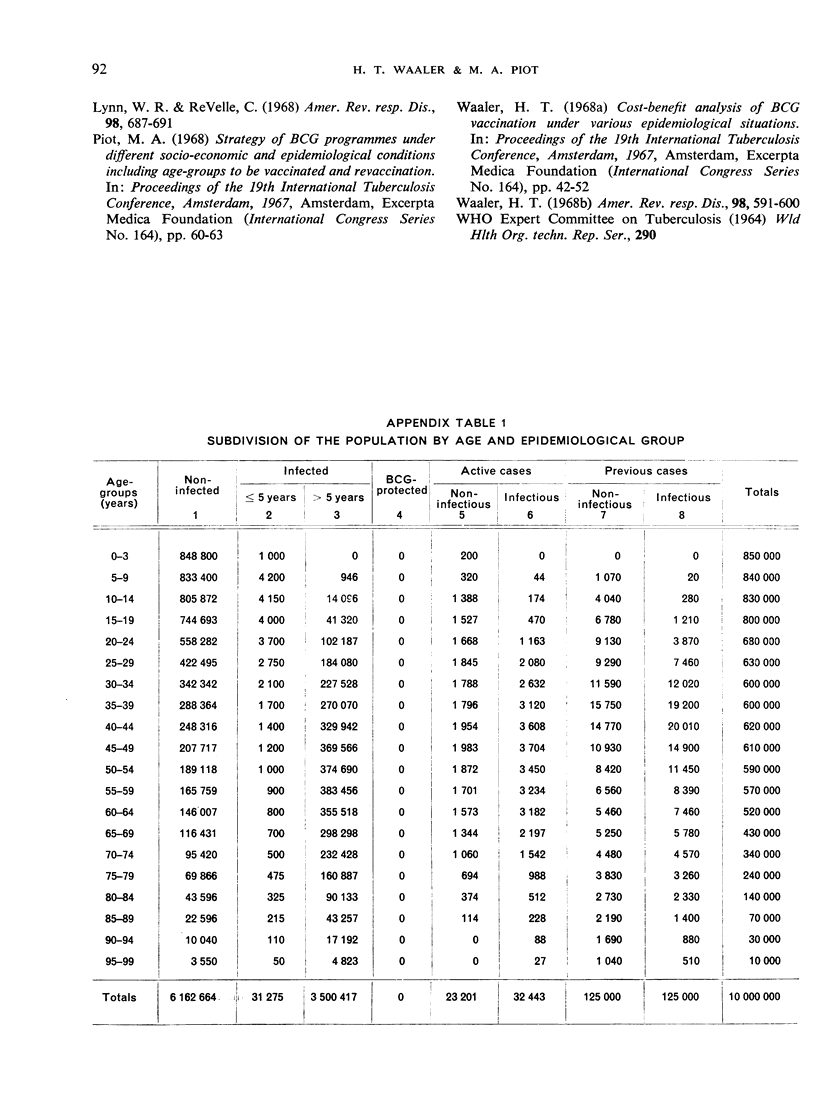

Selected References
These references are in PubMed. This may not be the complete list of references from this article.
- Bjartveit K., Waaler H. Some evidence of the efficacy of mass BCG vaccination. Bull World Health Organ. 1965;33(3):289–319. [PMC free article] [PubMed] [Google Scholar]
- Dawson J. J., Devadatta S., Fox W., Radhakrishna S., Ramakrishnan C. V., Somasundaram P. R., Stott H., Tripathy S. P., Velu S. A 5-year study of patients with pulmonary tuberculosis in a concurrent comparison of home and sanatorium treatment for one year with isoniazid plus PAS. Bull World Health Organ. 1966;34(4):533–551. [PMC free article] [PubMed] [Google Scholar]
- Ferebee S. H. Long-term effects of isoniazid prophylaxis. Bull Int Union Tuberc. 1968 Dec;41:161–166. [PubMed] [Google Scholar]
- Ynn W. R., Revelle C. S. Workshop on model methodology for health planning, with particular reference to tuberculosis. Am Rev Respir Dis. 1968 Oct;98(4):687–691. doi: 10.1164/arrd.1968.98.4.687. [DOI] [PubMed] [Google Scholar]


